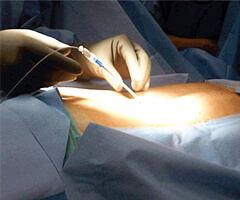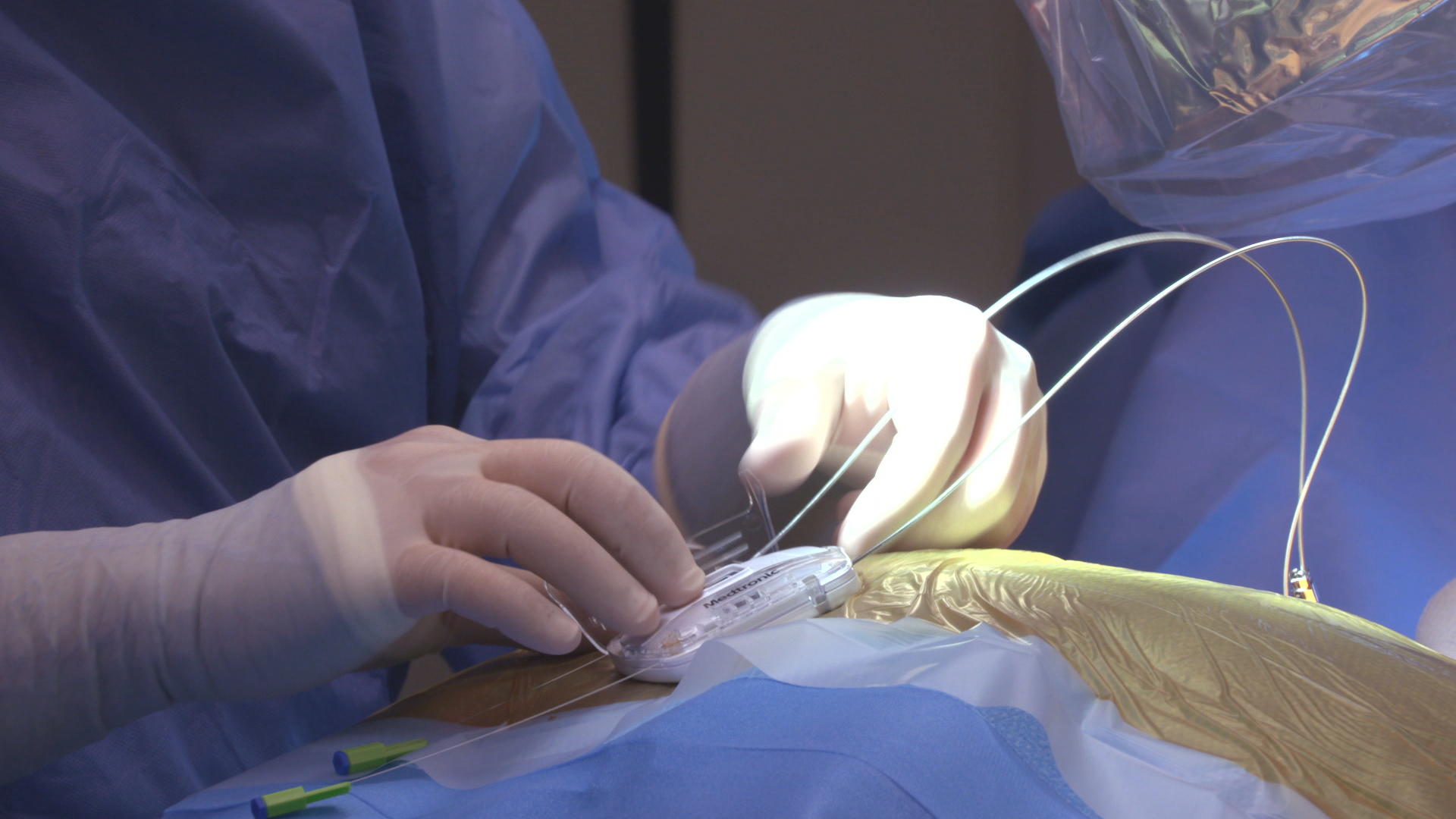
Older stimulator technologies often cause patients to experience a tingling sensation (paresthesia). With multiple therapies at our disposal, we can find the treatment that works the best for each individual patient. At Beverly Hills Advanced Pain & Spine, we only use the 3 most cutting-edge and effective technologies: high-frequency spinal cord stimulation, burst spinal cord stimulation, and dorsal root ganglion (DRG) stimulation. No! There are actually a wide range of neuromodulation therapies. Gruver will help each patient find the setting that is right for them!Īre all Spinal Cord Stimulators the same? Yes! Once implanted, patients are able to adjust the strength and pattern of the Spinal Cord Stimulator in order to find the treatment that works best for them. Neuromodulation is achieved with a minimally invasive, outpatient procedure that uses some of the newest and most advanced technology available.Ĭan the Spinal Cord Stimulator be personalized to me and my pain? Essentially, this device can turn down the pain “volume” so that it is no longer the focal point of your life. Once a Spinal Cord Stimulator is implanted into the body, pain signals are blocked so the patient no longer experiences the same level of suffering. Neuromodulation works by blocking and changing pain signals from sensory nerves before they reach the brain and be perceived as pain. Spinal cord stimulation has been an FDA-approved therapy for over 40 years, but this exciting technology is constantly improving and the past few years have seen vast gains in what these stimulators can do. Gruver can significantly reduce certain types of pain sensations that have been unresponsive to other treatments.


By implanting a spinal cord stimulator, Dr. If chronic pain is taking over your life and you feel like you have already tried everything, neuromodulation might be able to drastically improve your life. Federal law restricts this device to sale by or on the order of a physician.Neuromodulation with a Spinal Cord Stimulator For complete indications for use, contraindications, warnings, precautions, and side effects, call 866.360.4747 or visit .Ĭaution: U.S. Your doctor may be able to provide additional information on the Boston Scientific Spinal Cord Stimulator systems. subperception therapy) it is less likely that sudden stimulation changes resulting in distraction could occur while having stimulation on when operating moving vehicles, machinery, and equipment. For therapy that does not generate paresthesia (i.e. Stimulation must be turned off first in such cases. Patients using therapy that generates paresthesia should not operate motorized vehicles such as automobiles or potentially dangerous machinery and equipment with the stimulation on. Advise your physician that you have a Spinal Cord Stimulator before going through with other implantable device therapies so that medical decisions can be made and appropriate safety measures taken. The Spinal Cord Stimulator system may interfere with the operation of implanted sensing stimulators such as pacemakers or implanted cardiac defibrillators. The system should not be charged while sleeping. Strong electromagnetic fields, such as power generators or theft detection systems, can potentially turn the stimulator off, or cause uncomfortable jolting stimulation. As a Spinal Cord Stimulation patient, you should not have diathermy as either a treatment for a medical condition or as part of a surgical procedure.

Exposure to MRI may result in dislodgement of the stimulator or leads, heating of the stimulator, severe damage to the stimulator electronics and an uncomfortable or jolting sensation. Patients implanted with Boston Scientific Spinal Cord Stimulator Systems without ImageReady™ MRI Technology should not be exposed to Magnetic Resonance Imaging (MRI).


 0 kommentar(er)
0 kommentar(er)
